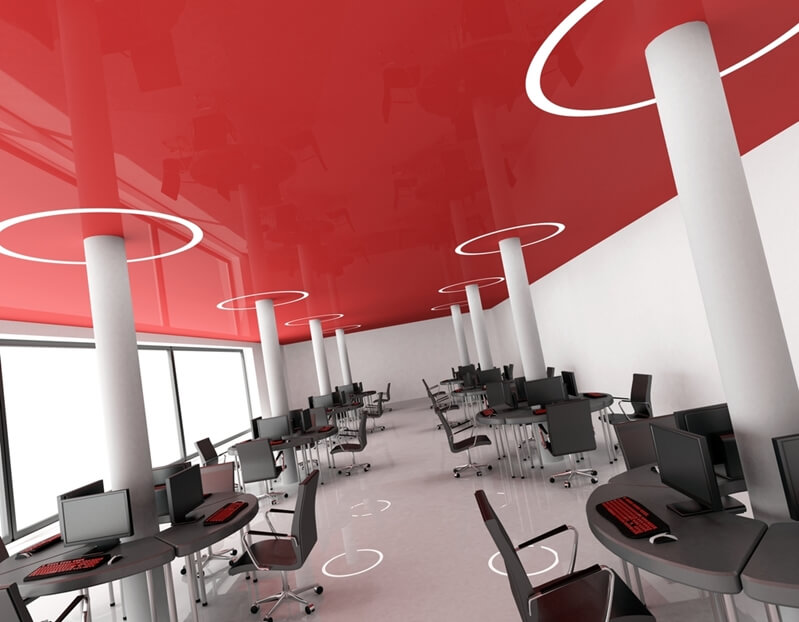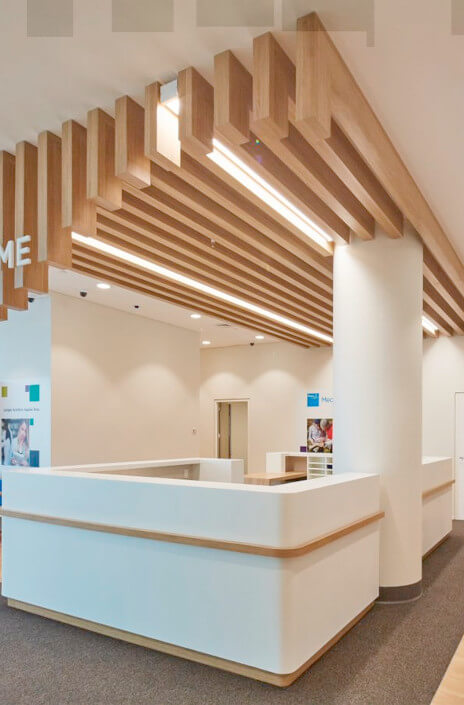Trends in office layout come and go, often with style taking priority over substance. However, with expert consideration of how design principles can affect your employees’ interactions, you can develop what experts in the design field call ‘innovation spaces’.
These commercial layouts are designed to encourage creative thinking by removing barriers such as walls and desk partitions to open up spaces, as well as offer seating for staff to work collaboratively. Mobile furniture is a part of developing innovation spaces, and this latest is coming to prominence in innovative office fit outs.
What is mobile furniture?
A wider part of the ‘agile’ methodology of working, mobile furniture refers to lighter furniture and non-fixed partitions which enable your staff to change the layout and space of the office as work demands it. For example, modern commercial offices may be designed with an open plan to accommodate a lot of natural light. But this layout introduces the impracticality of having no meeting spaces. With mobile furniture, you can use partitions to divide the space as required, affording your staff secluded spaces for sensitive conversations or quiet work.
Movable desks are also part of this furniture trend, giving workers the opportunity to move their work station to a new place in the office when required. This ability to manipulate the space as you need it is meant to increase creative thinking and encourage collaborative working in a more flexible environment.

What are the benefits of innovation spaces?
Mobile furniture helps office managers and commercial designers to deliver on the principles of innovation spaces. The Anne T. and Robert M. Bass Initiative, a collaboration between the US-based Brookings Institution and Project for Public Spaces, demonstrates the benefits of redesigning office fitouts around innovation. Their 2017 research paper claims the changing nature of commercial spaces stems from open collaboration, with design choices such as mobile furniture following this shift. Other benefits include:
- Giving workers more control of their environment and how they work encourages greater efficiency and loyalty to an employer.
- Greater collaboration increases worker satisfaction with their employers and business. A Deloitte Australia survey claims three in every four workers and managers acknowledged that collaborating with colleagues helped to improve the quality of their work.
- Innovation spaces encourage innovative thinking, putting businesses at the forefront of their industry.

Ultimately, designing for innovation produces results. Deloitte shows that over half of businesses with a strategy prioritising collaboration outgrew their market, compared to only 20 per cent of businesses that didn’t consider collaboration vital.
Want professional guidance on ways to help your new office fitout meet these innovation space design principles? Reach out to the expert Innova team today.
